Immersing oneself in the rich cultural heritage of Japan is a captivating experience, and the private tea ceremony at the Jotokuji Temple in Kyoto provides a unique opportunity to do just that. Guided by a skilled host, visitors can learn the intricate traditions and precise movements involved in the preparation and enjoyment of premium matcha tea, gaining a deeper appreciation for this ancient practice and its social significance within Japanese culture. The temple’s stunning architecture, blending traditional and modern elements, sets the stage for this serene and enlightening encounter, leaving participants with a newfound understanding of the profound role the tea ceremony plays in the country’s storied history.
Key Points

- Experience a traditional Japanese tea ceremony in the refined setting of Jotokuji Temple, where guests learn the intricate movements and significance of this time-honored ritual.
- Tour the temple’s striking architecture, which blends traditional Japanese design with modern elements, and explore its serene landscape garden.
- Participate in a purification ritual to cleanse the mind and body before the tea ceremony, setting the stage for a mindful and immersive experience.
- Receive hands-on instruction from a skilled host on the proper techniques for preparing and drinking matcha tea, a practice dating back centuries.
- Book the tea ceremony experience with flexible policies, including the ability to cancel up to 24 hours in advance, and plan your visit with convenient transportation options.
Tea Ceremony Experience
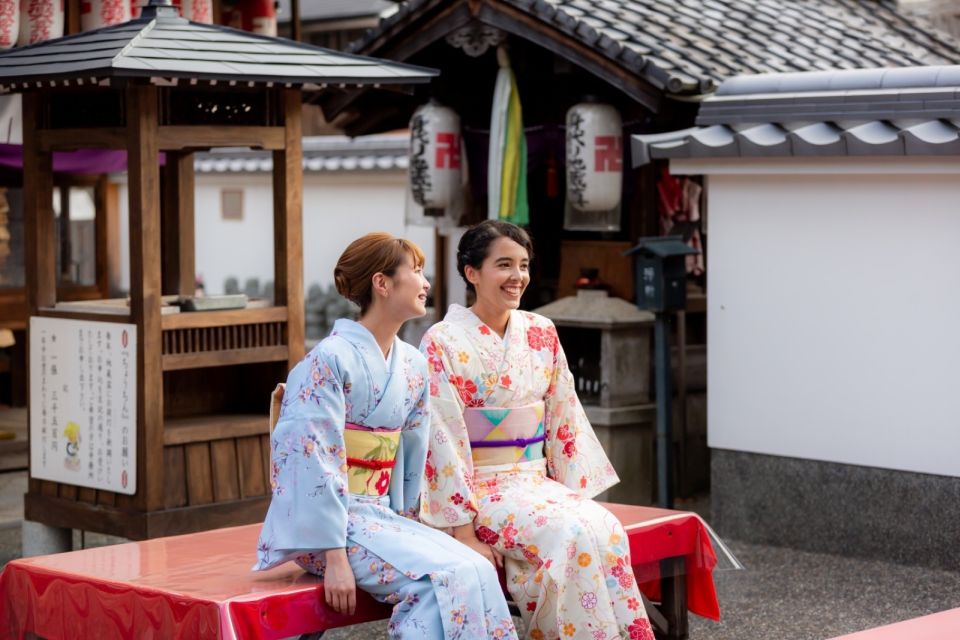
Participants of the tea ceremony experience will have the opportunity to take part in a traditional tea drinking ritual, learning about the ancient practice and its social significance within Japanese culture.
They’ll get a chance to sample different types of premium teas and gain an appreciation for the intricate details and precise movements involved in the tea ceremony.
From preparing the matcha powder to serving the tea, attendees will be guided through each step of this time-honored tradition.
Want to keep it personal? More private experiences we love in Kyoto
Jotokuji Temple Architecture
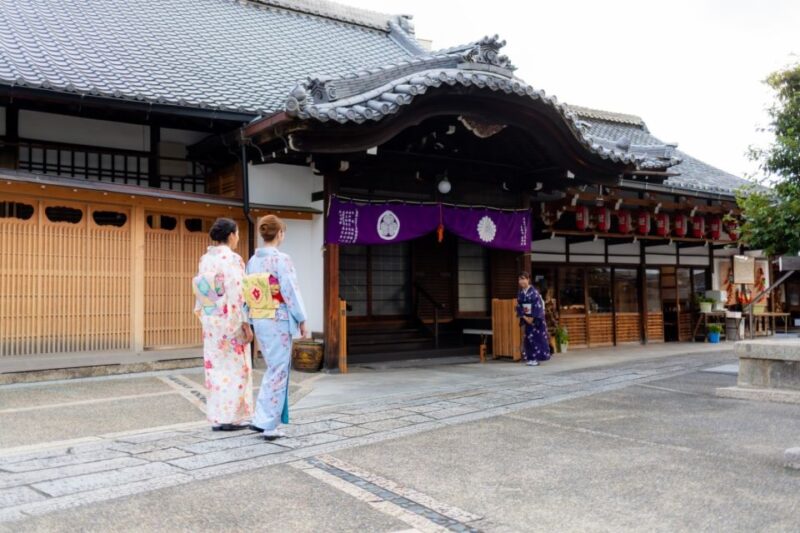
Visitors to Jotokuji Temple are in for an architectural treat, as the temple’s structures seamlessly blend traditional Japanese design with more modern elements. The main hall, or hondo, boasts a distinctive hip-and-gable roof typical of Buddhist temples, its intricate woodwork and elegant proportions creating a striking visual impact.
Beyond the hondo, the temple’s grounds feature a beautiful landscape garden, complete with serene ponds and carefully pruned trees.
The temple’s Grand Tearoom, where visitors partake in the tea ceremony, is a true highlight, its simple yet refined design providing the perfect setting for this time-honored ritual.
Throughout Jotokuji, the harmonious interplay of old and new creates a sense of timeless tranquility.
Purification Ritual for Visitors
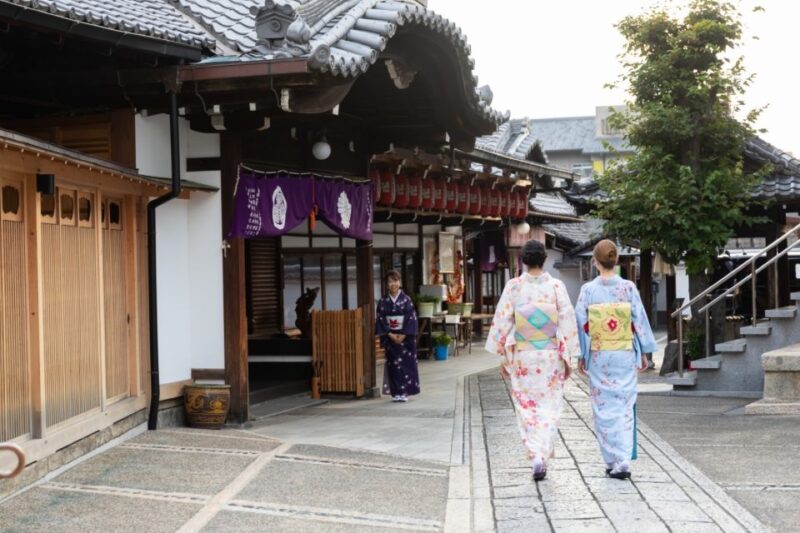
Upon entering the Jotokuji Temple, guests are invited to partake in a purification ritual, a unique experience often unfamiliar to Western visitors. This age-old tradition involves the ceremonial cleansing of the hands and mouth, preparing one’s mind and body for the profound tea ceremony to follow.
| Steps | Description |
|---|---|
| Hand Washing | Guests use a small ladle to scoop water from a stone basin and pour it over their hands, symbolically cleansing themselves. |
| Mouth Rinsing | A small cup of water is provided, and guests take a sip, swish it around their mouths, and discreetly expel it, further purifying themselves. |
| Contemplation | After the cleansing rituals, guests are encouraged to take a moment of quiet reflection, centering themselves before the tea ceremony begins. |
This purification process sets the stage for the deeply meaningful and reverent tea ceremony to come.
Matcha Tea Drinking Instruction
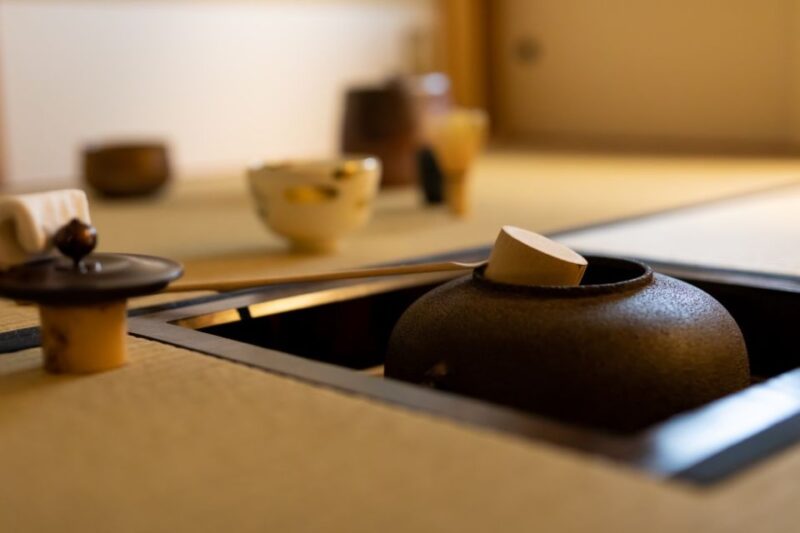
Once seated in the Grand Tearoom, guests are provided a small ceramic bowl containing the powdered green tea known as matcha.
The host then carefully pours hot water over the matcha, guiding participants through the proper techniques for whisking and drinking the frothy, vibrant beverage.
Guests learn to grasp the bowl with both hands, rotate it three times clockwise, and take small, measured sips to savor the complex flavors.
The host explains the significance of these ritualized movements, which originated centuries ago as a means of preparing and enjoying matcha.
More Great Thing To Do NearbyDuration and Availability Details

The tea ceremony experience at Jotokuji Temple lasts approximately 70 minutes, allowing participants ample time to fully enjoy the ancient ritual.
Availability for the tea ceremony can be checked on the booking website, with various starting times throughout the day to accommodate visitors’ schedules. Whether you’re an early riser or prefer a mid-afternoon session, there’s an option to suit your preferences.
The temple’s tea ceremony is a popular activity, so it’s recommended to book in advance to secure your spot and avoid disappointment.
With a duration of just over an hour, the Jotokuji Temple tea experience offers a comprehensive introduction to this cherished Japanese tradition.
Booking Information and Policies
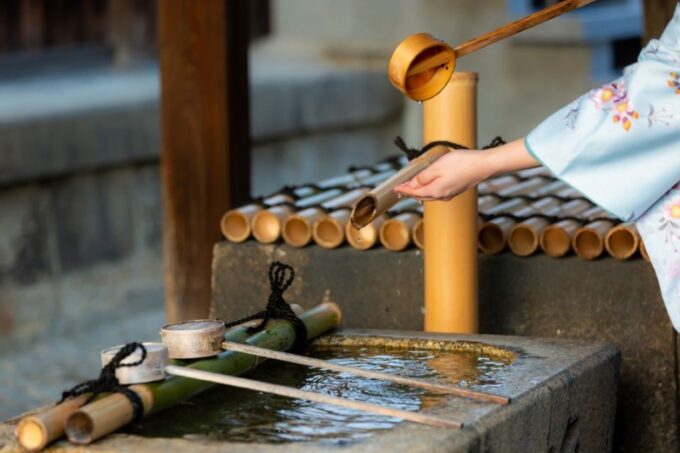
Booking the tea ceremony experience at Jotokuji Temple is straightforward, with ticket confirmation provided within 48 hours.
Visitors have the flexibility to cancel their reservations up to 24 hours in advance, free of charge. This policy ensures a smooth booking process and allows for last-minute changes if needed.
The temple staff works diligently to accommodate guests and make their tea ceremony experience as seamless as possible. Visitors can rest assured that their booking is secure and their reservation will be honored, barring any unforeseen circumstances.
With these clear and flexible booking policies, guests can focus on seeing the rich cultural traditions of the Japanese tea ceremony at Jotokuji Temple.
Accessibility Accommodations

Jotokuji Temple’s facilities are designed to accommodate visitors with mobility challenges, ensuring an inclusive and comfortable tea ceremony experience.
The temple itself is wheelchair accessible, allowing easy entry and navigation throughout the grounds.
While the Grand Tearoom does have three steps to enter, the staff is prepared to provide seats and stools as needed to ensure all guests can participate fully in the ceremony.
This attention to accessibility exemplifies the temple’s commitment to welcoming all who wish to enjoy the timeless tradition of the Japanese tea ceremony.
Regardless of any physical limitations, guests can look forward to an enriching and memorable cultural encounter at Jotokuji.
Getting to Jotokuji Temple
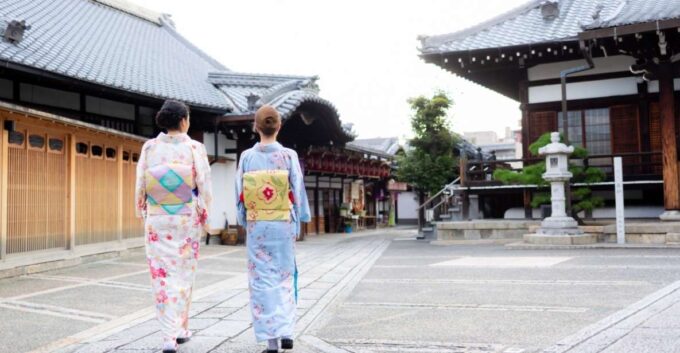
[TEXT]:
Although Jotokuji Temple may be tucked away in the heart of historic Kyoto, it’s relatively easy for visitors to reach the serene Buddhist site.
The temple is conveniently located just a short 10-minute walk from the Rokuharamitsuji Station on the Keihan Main Line.
Alternatively, guests can take a bus directly to Jotokuji Temple, with several routes available from popular destinations around Kyoto.
Once at the temple, visitors will be greeted by the impressive architecture and tranquil gardens that make Jotokuji a true oasis in the city.
The accessibility of this special tea ceremony experience is one of the many reasons it’s a must-visit on any Kyoto itinerary.
[DIRECTIONS]:
- 10-minute walk from Rokuharamitsuji Station
- Accessible by bus from various Kyoto locations
- Impressive architecture and tranquil gardens
- Convenient location in historic Kyoto
- Must-visit tea ceremony experience
Frequently Asked Questions

What Should I Wear for the Tea Ceremony?
For the tea ceremony, it’s best to wear modest, comfortable clothing that covers the shoulders and knees. Avoid shorts, short skirts, and anything too casual or revealing. The focus should be on the ceremony, not your attire.
Can I Take Photos During the Tea Ceremony?
In general, taking photos during a traditional Japanese tea ceremony is usually not permitted. The ceremony is considered a solemn and contemplative experience, and guests are expected to observe respectfully without disrupting the proceedings.
Is the Tea Ceremony Suitable for Children?
The tea ceremony is generally suitable for children, though they may find it challenging to sit still and observe the ritual etiquette. Parents should consider their child’s attention span and interest level before booking the experience.
How Many People Can Attend the Tea Ceremony?
The tea ceremony typically accommodates a small group, often 4-8 people. The intimate setting allows participants to fully engage with the ritual and learn about its traditions. The number may vary depending on the specific tea ceremony experience.
Is There Any Dress Code or Etiquette I Should Follow?
Yes, there are some etiquette guidelines to follow during a traditional Japanese tea ceremony. Guests should wear formal, modest clothing and remove their shoes before entering the tea room. Quiet, respectful behavior is expected throughout the ceremony.
Recap
The private tea ceremony at Jotokuji Temple in Kyoto offers a truly immersive cultural experience.
Visitors can learn the intricate traditions of matcha preparation and etiquette from a skilled host, all within the stunning temple setting that seamlessly blends old and new.
This intimate encounter provides a deeper appreciation for the significance of this ancient Japanese practice and its enduring role in the country’s cultural heritage.
You can check if your dates are available here:More Private Tours in Kyoto
- Private Geisha Show With Maiko, an Apprentice Geisha
- Kyoto Custom Private Car Tour With Local Guide
- Guided Kyoto City Cherry Blossom One Day Private Tour
- From Kyoto: Private Day Trip to Hidden Amanohashidate & Ine
- Private Kyoto Osaka Day Tour With English Speaking Driver
- Kyoto Private Customizable Tour With Guide & Luxury Vehicle
More Tour Reviews in Kyoto
- The Art of Geisha: Exclusive Show & Traditional Japanese Game
- Tea Ceremony With Kimono and Professional Photoshoot in Kyoto
- Kyoto Arashiyama Bamboo Forest Hidden Hiking Tour
- Kyoto Early Morning Walking Tour: Nature & History
- Small-Group Dinner Experience in Kyoto With Maiko and Geisha
- Private Kyoto Night Tour: Historic Walk at Gion and Fushimi
Not for you? Here's more things to do in Kyoto we have recnetly reviewed
- 5 Best Cruises And Boat Tours In Kyoto
- 14 Best Dining Experiences In Kyoto
- 20 Best Full-Day Tours In Kyoto
- 5 Best 2 Day Tours In Kyoto
- 2 Best 4 Day Tours In Kyoto
- 20 Best Photography Experiences In Kyoto
- 13 Best Dinner Tours In Kyoto
- 25 Best Food Tours In Kyoto
- 14 Best Lunch Experiences In Kyoto
- Kyoto Bus Tour: Iconic KInkakuji, Ginkakuji, Kiyomizu Temple (AW)
- Kyoto Bus Tour: Arashiyama, Kinkaku-ji Review
- Gyoza Cooking Class in Kyoto: Traditional Japanese Dumplings
